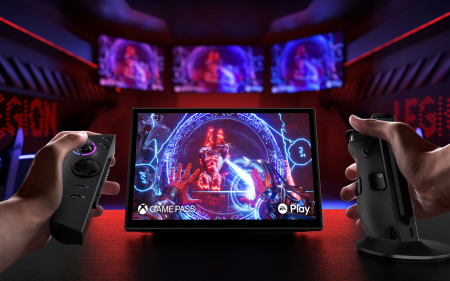Facebook has released a video detailing its new augmented reality interface which works using wristbands. These wristbands use electromyography to recognise small neural signals, the ones your brain sends through your nervous system to tell your finger to twitch or your hands to clench, and translate them into AR functions.
Facebook reads your signals loud and clear
https://www.facebook.com/TechAtFacebook/videos/1146186389155473/
This could be more accurate and responsive than the more generally used hand tracking that we’ve seen before. The wrist bands track “clicks”, basic gestures and movements. Different “clicks” have different functions, like turning on a lamp or pulling a virtual bowstring. Facebook makes it clear that these bands reading neural signals doesn’t mean they’re reading your mind. They only read the signals sent to and carried out by the wrist.
The video also shows off that the bands could potentially even track the same nerve signals that fire off when you’re typing, letting you type with a virtual keyboard, and could start to recognize your particular typing idiosyncrasies and correct repeated errors for you as you go. Looks a lot like something Tony Stark would use.
The presentation also goes over haptic feedback to help enhance your AR experience with the wristbands. Facebook’s been trying out different ways to pull this off, such as the bands tightening slightly to squeeze your wrist in particular ways depending on what you’re doing.
It’s an exciting concept. Tracking and translating neural signals opens the door to a trove of technological innovation, AR or otherwise, and doing it with wristbands seems less ethically testy than drilling a chip directly into your brain. Still, it’s Facebook, so we’ll wait to see what kind of data this device will ask you to give it before we start singing its praises.
Source: The Verge




